Hazard Potential Classification Systems for Dams, FEMA 333
Hazard Potential Classification Systems for Dams, FEMA 333
Hazard Potential Classification Systems for Dams, FEMA 333
Create successful ePaper yourself
Turn your PDF publications into a flip-book with our unique Google optimized e-Paper software.
III. CLASSIFICATION SYSTEM<br />
Three classification levels are adopted as follows: LOW, SIGNIFICANT, and HIGH, listed in<br />
order of increasing adverse incremental consequences. The classification levels build on each<br />
other, i.e., the higher order classification levels add to the list of consequences <strong>for</strong> the lower<br />
classification levels, as noted in the table on the following page.<br />
This hazard potential classification system should be utilized with the understanding that the<br />
failure of any dam or water-retaining structure, no matter how small, could represent a danger to<br />
downstream life and property. Whenever there is an uncontrolled release of stored water, there<br />
is the possibility of someone, regardless of how unexpected, being in its path.<br />
A primary purpose of any classification system is to select appropriate design criteria. In other<br />
words, design criteria will become more conservative as the potential <strong>for</strong> loss of life and/or<br />
property damage increases. However, postulating every conceivable circumstance that might<br />
remotely place a person in the inundation zone whenever a failure may occur should not be the<br />
basis <strong>for</strong> determining the conservatism in dam design criteria.<br />
This hazard potential classification system categorizes dams based on the probable loss of<br />
human life and the impacts on economic, environmental, and lifeline interests. Improbable loss<br />
of life exists where persons are only temporarily in the potential inundation area. For instance,<br />
this hazard potential classification system does not contemplate the improbable loss of life of the<br />
occasional recreational user of the river and downstream lands, passer-by, or non-overnight<br />
outdoor user of downstream lands. It should be understood that in any classification system, all<br />
possibilities cannot be defined. High usage areas of any type should be considered<br />
appropriately. Judgment and common sense must ultimately be a part of any decision on<br />
classification. Further, no allowances <strong>for</strong> evacuation or other emergency actions by the<br />
population should be considered because emergency procedures should not be a substitute <strong>for</strong><br />
appropriate design, construction, and maintenance of dam structures.<br />
1. LOW HAZARD POTENTIAL<br />
<strong>Dams</strong> assigned the low hazard potential classification are those where failure or misoperation<br />
results in no probable loss of human life and low economic and/or environmental losses. Losses<br />
are principally limited to the owner’s property.<br />
2. SIGNIFICANT HAZARD POTENTIAL<br />
<strong>Dams</strong> assigned the significant hazard potential classification are those dams where failure or<br />
mis-operation results in no probable loss of human life but can cause economic loss,<br />
environmental damage, disruption of lifeline facilities, or can impact other concerns. Significant<br />
hazard potential classification dams are often located in predominantly rural or agricultural areas<br />
but could be located in areas with population and significant infrastructure.<br />
5


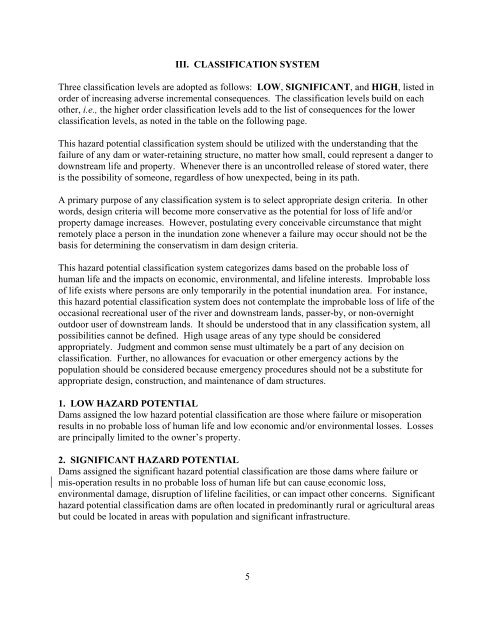


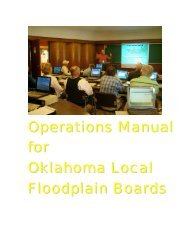
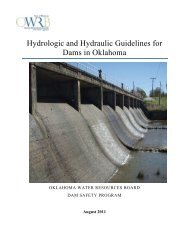


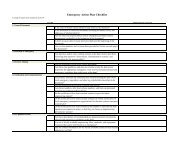




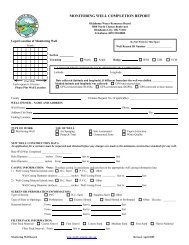
![A Commodity & a Resource [pdf] - Water Resources Board - State of ...](https://img.yumpu.com/42536671/1/190x143/a-commodity-a-resource-pdf-water-resources-board-state-of-.jpg?quality=85)

